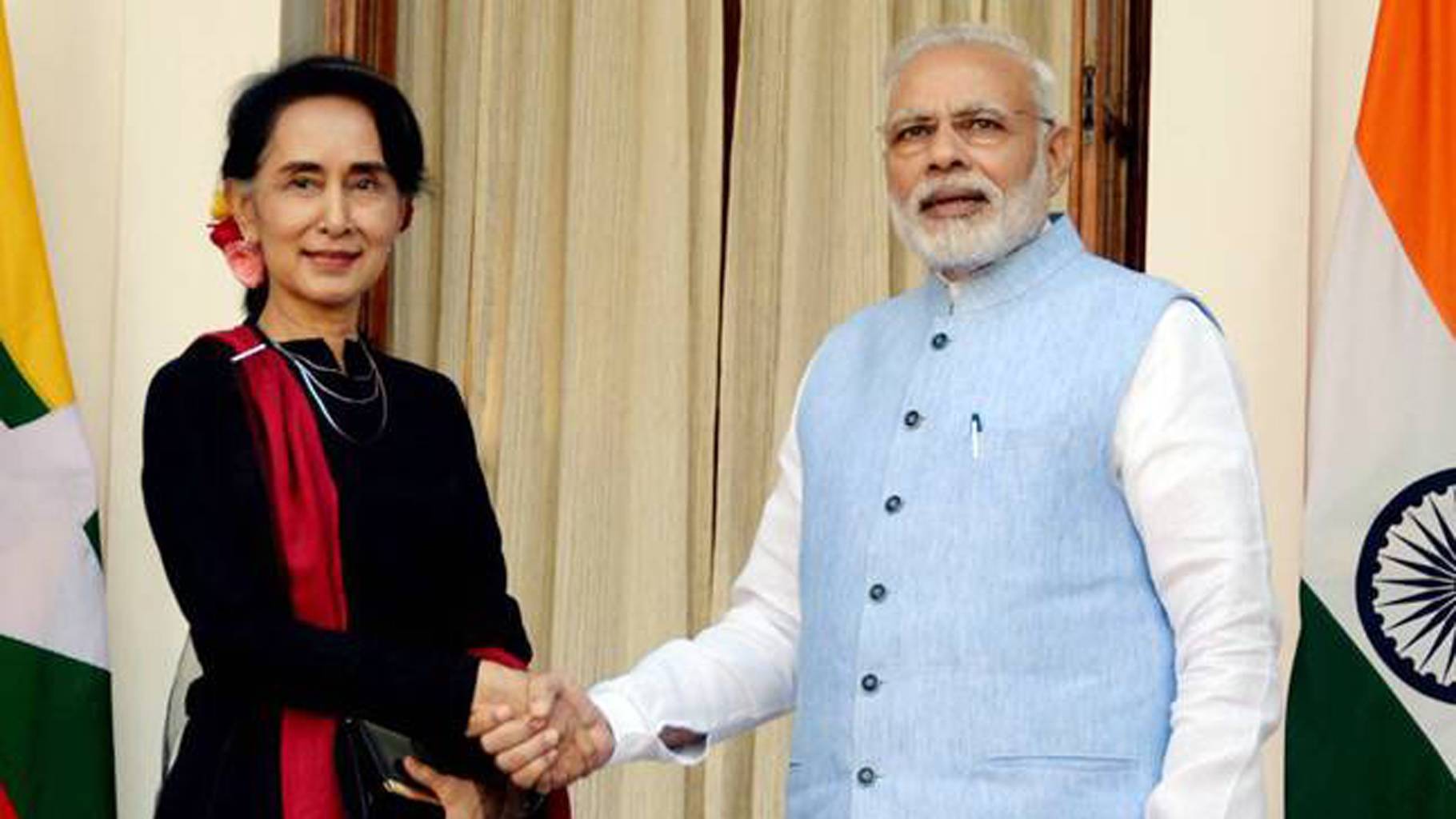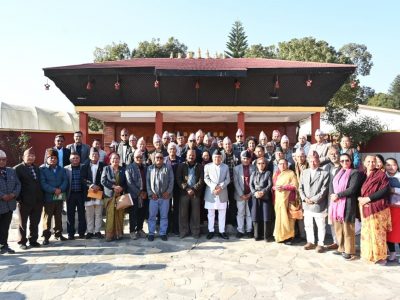Amidst conflict with China, India plans to deliver a submarine to Myanmar

Kathmandu. Earlier this month a high-level Indian delegation consisting of India’s Foreign Secretary Harsh Vardhan Shringla and Army Chief General M.M. Naravane landed on Myanmar to deepen the security and economic ties between the two countries. During the visit, significant steps were taken by the Indian representatives to maintain its flourishing relations with Myanmar. A example of this, was when New Delhi donated 3,000 vials of Remdesivir, a drug used in the treatment of COVID-19, to Aung San Suu Kyi, the incumbent State Counsellor of Myanmar.
Naypyidaw directly falls under China’s sphere of interest, vital both for its specific aspirations of increasing connectivity under the Belt and Road Initiative (BRI), and for its overall geostrategic motivations that also includes its dealings with India. It has been pushing for the establishment of a China-Myanmar Economic Corridor (CMEC), that links the landlocked province of Yunnan with the Indian Ocean. Beijing’s influence, however, has been on the decline in Naypyidaw and New Delhi has been trying to gain an upper hand in the region.
China and India are currently engaged in a military stand-off at the Line of Actual Control (LAC), and the tensions between the states are unlikely to lessen any time soon. India has now decided to send a Kilo Class submarine INS Sindhuvir to Myanmar, which will be the navy’s first submarine according to Anurag Srivastava, the spokesperson of the Ministry of External Affairs (MEA). The submarine designed by Rubin Central Design Bureau for Marine Engineering in St Petersburg, has a displacement of 3,000 tonnes and can plunge to the around 300 meters. It has the capacity to carry 54 soldiers.
Srivastava also highlighted the SAGAR or Security and Growth for All in the Region, that is India’s policy to extend military cooperation with states in order to safeguard its interests in the vast Indian Ocean. He noted that, “This is in accordance with our vision of SAGAR–Security and Growth for All in the Region, and also in line with our commitment to building capacities and self-reliance in all our neighbouring countries.”
India has been increasing its reach in the Asia Pacific since it instituted its Act East Policy in 2014 that was primarily formulated for the purpose of economic integration, but has since then included its strategic interests as well. This step taken by India will ensure China’s agitation, especially since Beijing has found itself to be surrounded from all sides as the United States has also steadily grown its presence in Taiwan. The Chinese President, this week urged his military to “prepare for war,” and it showcases the level of faith the government has in limiting the tensions in the region. It might simply be a case of posturing, however, the statement has not built confidence in New Delhi to convene further talks either.
Facebook Comment
latest Video
Trending News
- This Week
- This Month













